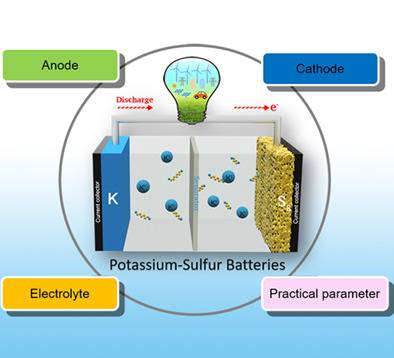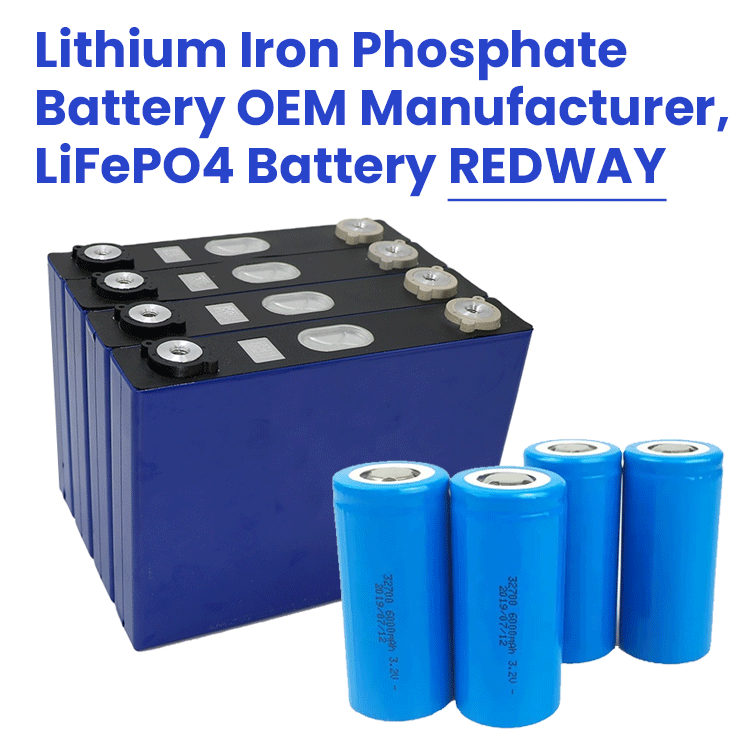A Breakthrough in Low-Cost Solid-State Electrolytes:
It is reported that Professor Ma Cheng from the University of Science and Technology of China has developed a new type of solid-state electrolyte. Its overall performance is similar to the most advanced sulfide and chloride solid-state electrolytes, but it costs less than 4% of the latter. It is suitable for industrial applications. Solid-state lithium batteries can overcome the serious safety defects of commercial lithium-ion batteries and further improve energy density, making them a disruptive technology for the new energy vehicle and energy storage industries. However, due to the difficulty of balancing performance and cost in the core material of solid-state lithium batteries – solid-state electrolytes, industrialization still faces significant obstacles.

#post_seo_title
Challenges in the Development of All-Solid-State Lithium Batteries:
In order to meet the requirements of practical applications, solid-state electrolytes for all-solid-state lithium batteries need to simultaneously meet at least three conditions: high ionic conductivity (over 1 mS/cm at room temperature), good deformability (achieving over 90% density at 250 to 350 MPa), and low enough cost (below $50 per kilogram). However, the widely researched oxide, sulfide, and chloride solid-state electrolytes currently cannot simultaneously meet these conditions.
Innovative Approach: Lithium Zirconium Oxychloride as a Solid-State Electrolyte:
In this research, Professor Ma Cheng’s team shifted their focus away from the previously mentioned oxide, sulfide, and chloride materials and turned to oxychlorides. They designed and synthesized a novel solid-state electrolyte called lithium zirconium oxychloride. This material offers a significant cost advantage. If synthesized from lithium hydroxide, lithium chloride, and zirconium chloride, its raw material cost is only $11.6 per kilogram, meeting the previously mentioned requirement of $50 per kilogram. When synthesized from lithium zirconium oxychloride, lithium chloride, and zirconium chloride, the cost of lithium zirconium oxychloride can be further reduced to approximately $7 per kilogram, significantly lower than the currently cost-competitive lithium zirconium chloride solid-state electrolyte at $10.78 per kilogram, and less than 4% of sulfide, rare earth-based, and indium-based chloride solid-state electrolytes.
Cost-Efficiency and Superior Performance of Lithium Zirconium Oxychloride:
While offering a significant cost advantage, lithium zirconium oxychloride demonstrates comprehensive performance that is on par with the most advanced sulfide and chloride solid-state electrolytes. It boasts an ionic conductivity of 2.42 millisiemens per centimeter at room temperature, surpassing the required 1 millisiemens per centimeter for practical applications and ranking among the top performers in all reported solid-state electrolytes. Additionally, its excellent deformability allows the material to achieve a density of 94.2% under a pressure of 300 megapascals, meeting application demands effectively and outperforming sulfide and chloride solid-state electrolytes known for their deformability (which achieve less than 90% density under equivalent pressure).
Promising Performance of Lithium Zirconium Oxychloride in All-Solid-State Lithium Batteries:
Experimental results have shown that the all-solid-state lithium battery composed of lithium zirconium oxychloride and high-nickel ternary cathodes exhibits excellent performance. Under the conditions of rapid 12-minute charging, the battery successfully maintained stable cycling for more than 2000 cycles at room temperature.
The Significance of Lithium Zirconium Oxychloride for Industrializing Solid-State Lithium Batteries:
Researchers emphasize that lithium zirconium oxychloride, with its low cost and performance comparable to the most advanced sulfide and chloride solid-state electrolytes, holds significant importance for the industrialization of all-solid-state lithium batteries.





